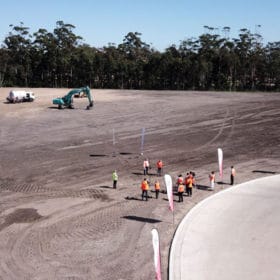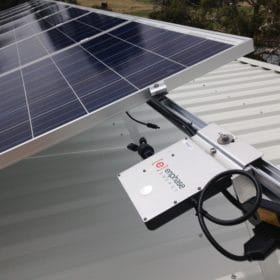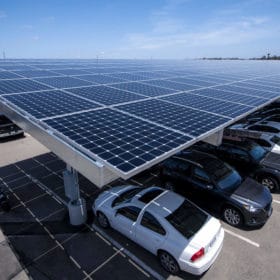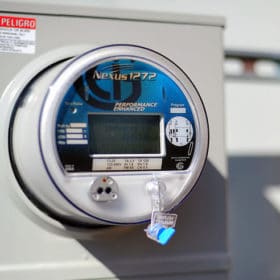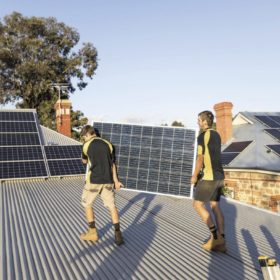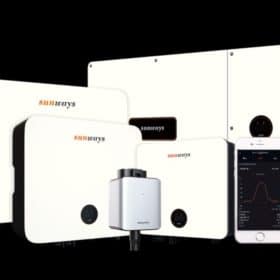$1.5 billion initiative to boost Australian battery production
With battery energy storage systems playing an increasingly critical role in the nation’s renewable energy transition, fledgling lithium-ion battery manufacturer Energy Renaissance has welcomed a Federal Government initiative designed to boost processing of critical minerals needed for batteries, solar panels and wind turbines and build the country’s manufacturing capability.
GE chooses Australia to launch its solar inverter range
Just as Australia thought it’s pioneering days were over, it has become the first country in the world to sell American giant General Electric’s new solar inverters.
Freshly appointed Shadow Energy Minister, Bowen, eager to shift the renewable conversation in Australia
Chris Bowen, who was appointed Labor’s Minister for Climate Change and Energy after a reshuffle in January, told pv magazine Australia he’s keen to make job creation his core focus, framing renewable investment as a Covid recovery solution rather than the end of Australia’s historic coal mining industry, which has dominated Federal narrative.
AEMC announces new standards for rooftop solar
With rooftop solar installations numbers hitting record highs right across the nation, the Australian Energy Market Commission (AEMC) has announced new technical standards for inverters will be introduced to help the electricity grid cope with the influx and provide system strength.
Interview: Inverter smarts to tackle integration issues
With rooftop solar surging, smart power electronics will be required to secure system strength and ensure that new limitations on rooftop PV don’t put a break on growth. Italy-based power electronics supplier FIMER believes its new range of string inverters are well equipped to do just that, as explains Fimer Australia and New Zealand’s Jason Venning and Warren Merritt.
New shingled PERC solar module from Hyundai
The South Korean manufacturer has brought, to Europe and Australia, its recently launched shingled PERC panel, with an output ranging from 460 to 480 W and an efficiency of up to 20.5%. The products come with a 25-year linear power output guarantee and a 25-year product guarantee.
Intellihub calls for change to metering services framework
Smart metering services provider Intellihub has outlined a series of targeted reforms – including strengthening testing requirements – in its submission to the Australian Energy Market Commission’s (AEMC) review into the sector’s regulatory framework, cautioning that unless changes are made Australia risks being left behind.
Weekend read: The big PV switch-off
South Australia is leading the nation in terms of renewable energy penetration, with rooftop solar a major contributor. But the state’s hard-won ability to deactivate thousands of rooftop solar systems in response to grid voltage disturbances has caused significant disruptions to solar installers. With a deeper look inside the changes, it appears to be a good thing for solar in the state, as well as other markets in which distributed PV is growing rapidly.
Suntech to launch new inverter in Australian market
Long-standing solar PV manufacturer Suntech is set to expand its offerings in the Australian market with the imminent release of sister company Sunways’ range of single-phase inverters.
Baotou City set for 10 GW of renewables
The tide of clean energy facilities planned under the city’s next five-year strategy was revealed by Hong Kong-listed polysilicon maker Xinte Energy, which has signed a framework agreement to construct 200,000 tons of manufacturing capacity near Inner Mongolia’s largest city.
